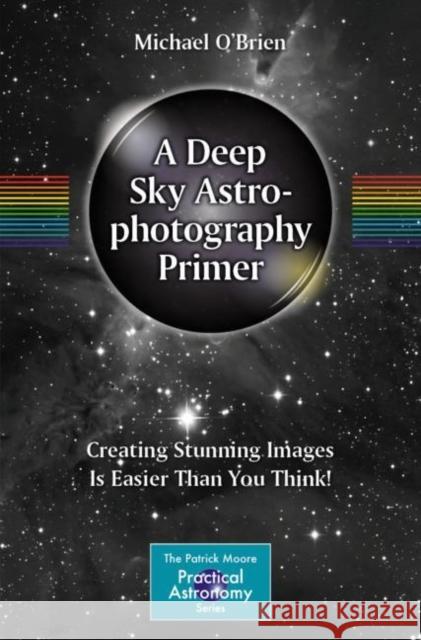A Deep Sky Astrophotography Primer: Creating Stunning Images Is Easier Than You Think! » książka
topmenu
A Deep Sky Astrophotography Primer: Creating Stunning Images Is Easier Than You Think!
ISBN-13: 9783031157615 / Angielski / Miękka / 2023 / 265 str.
A Deep Sky Astrophotography Primer: Creating Stunning Images Is Easier Than You Think!
ISBN-13: 9783031157615 / Angielski / Miękka / 2023 / 265 str.
cena 153,30
(netto: 146,00 VAT: 5%)
Najniższa cena z 30 dni: 134,90
(netto: 146,00 VAT: 5%)
Najniższa cena z 30 dni: 134,90
Termin realizacji zamówienia:
ok. 22 dni roboczych
Bez gwarancji dostawy przed świętami
ok. 22 dni roboczych
Bez gwarancji dostawy przed świętami
Darmowa dostawa!
Kategorie BISAC:
Wydawca:
Springer International Publishing AG
Seria wydawnicza:
Język:
Angielski
ISBN-13:
9783031157615
Rok wydania:
2023
Ilość stron:
265
Wymiary:
23.5 x 15.5
Oprawa:
Miękka











